Following on from our solar system-themed activities is this easy layers of the Earth model made with play dough. My 7-year-old wasn't very impressed when I showed him my composition of the Earth model, but once I carved it open, he declared it to be 'quite cool'. It's not perfect and not really to scale ( the play dough was quite squishy, but it clearly shows the inner core ( marble ), outer core ( orange ), mantle ( yellow) and crust ( green ).
Five minutes later, everyone was wrapping play dough around a marble, trying to copy my Earth model, so I think it was a success and a fun way to show children what's inside the Earth.
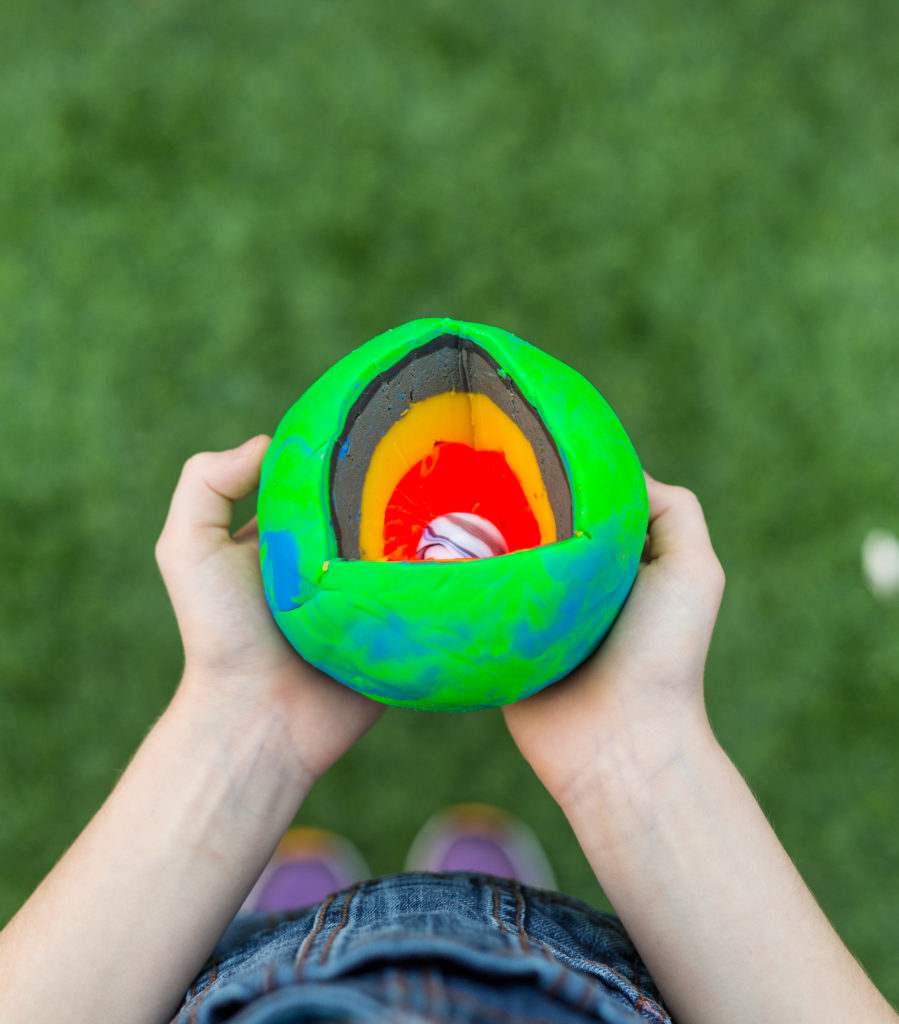
Layers of the Earth Model
Composition of the Earth
Earth's Inner Core
Did you know the inner core is a huge metal ball about 2,500 kilometres wide. The metal stays solid because of a massive amount of pressure surrounding it.
Temperature: 5,000°C - 6,000°C
State: Solid
Composition: Iron and nickel
Earth's Outer Core
Did you know the liquid outer core is 5150 kilometres deep, and the movement of the metals in this layer creates the Earth's magnetic field?
Temperature: 4,000°C – 6,000°C
State: Liquid
Composition: iron, nickel, sulphur and oxygen
Mantle - The mantle is actually split into two parts.
Earth's Lower Mantle
The lower mantle is found between 670km and 2,890km below the Earth's surface.
Temperature: 3,000°C
State: solid
Composition of the lower mantle: iron, oxygen, silicon, magnesium and aluminium
Earth's Upper Mantle
The upper mantle is 670km below the surface of the Earth. The rock here is stiffer than the lower mantle because it is not as hot.
Temperature: 1,400°C – 3,000°C
State: liquid/solid
Composition of the Upper Mantle: iron, oxygen, silicon, magnesium and aluminium
Earth's Crust
Temperature: Around 22°C
State: Solid
Composition of the Earth:
The oceanic crust ( beneath the ocean bed ) is made up of iron, oxygen, silicon, magnesium and aluminium.
The continental crust ( land ) is made up of granite, sedimentary rocks and metamorphic rocks.
Image taken from This Is Rocket Science
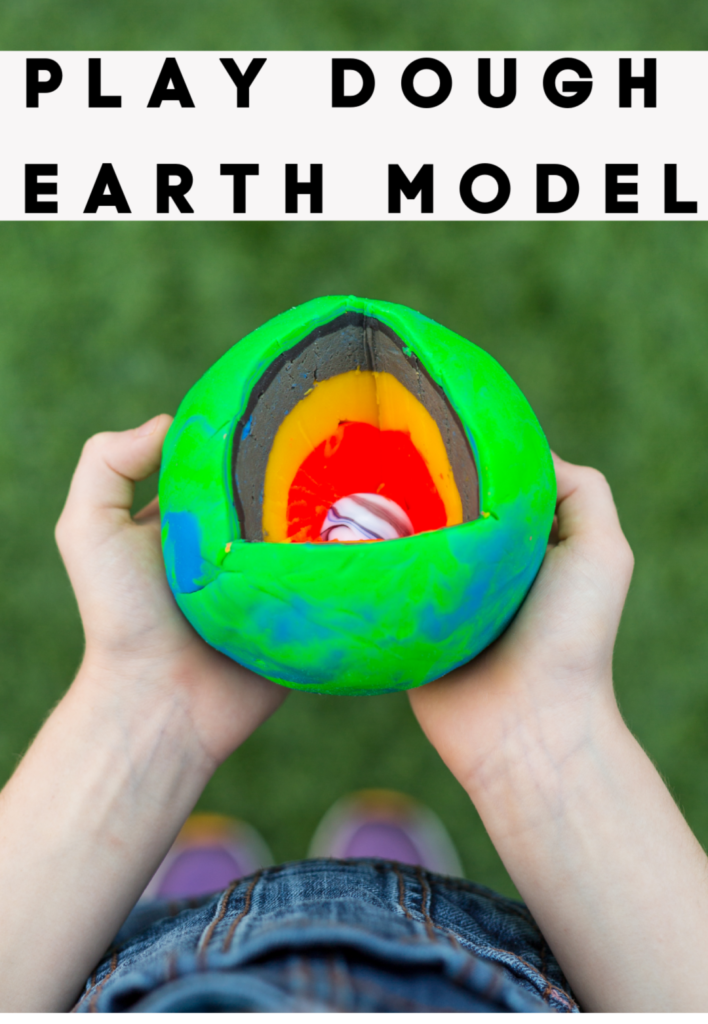
More space science experiments for kids
Find out how the Universe is always expanding, make film canister rockets, straw rockets and lots more space science activities with my collection of space experiments designed for World Space Week.
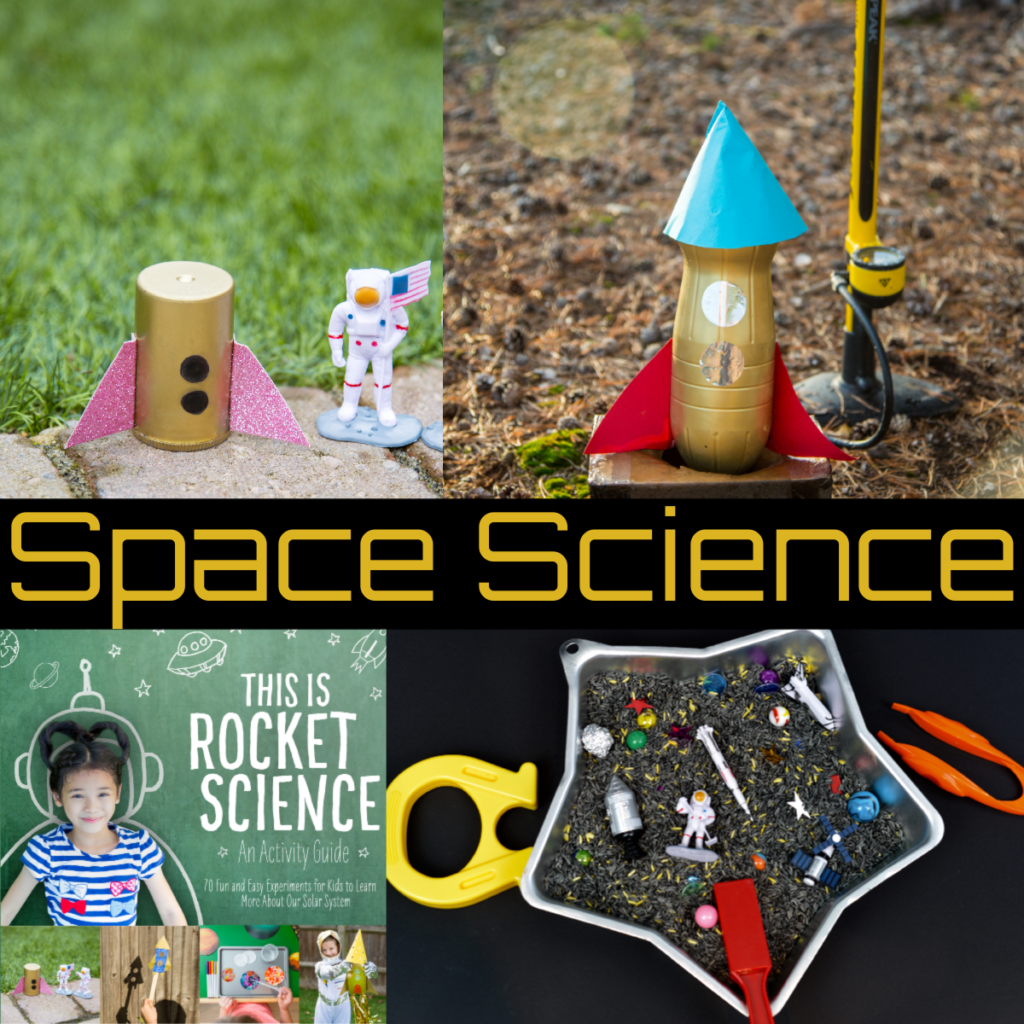
You might also like my FREE downloadable space experiment pack that I used for a special space week in school full of even more great space science experiments for kids.
I also have a space science book with 70 space-themed activities and investigations taking kids into space, around the solar system and back home again, all while learning about the forces and obstacles astronauts must overcome for a successful trip.
Last Updated on September 11, 2023 by Emma Vanstone
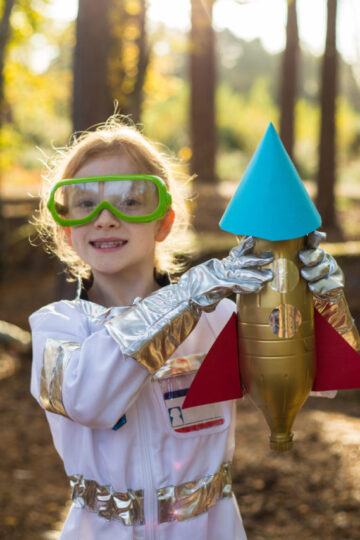

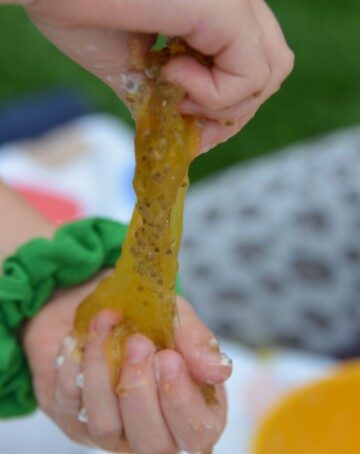
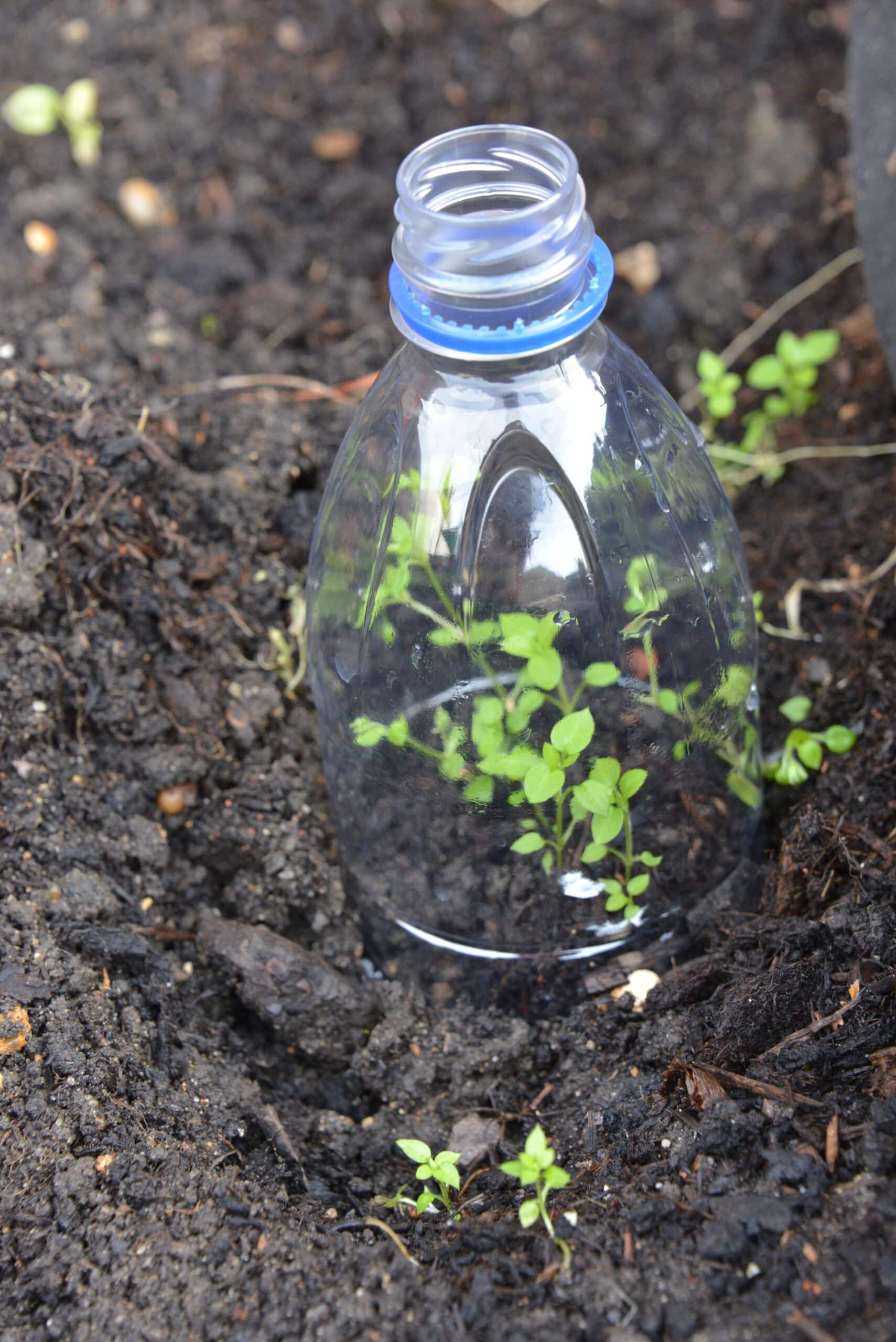
Cait FItz @ My Little Poppies says
I love this! My son is actually learning about rocks and minerals and Earth's core right now. This is perfect, thank you.